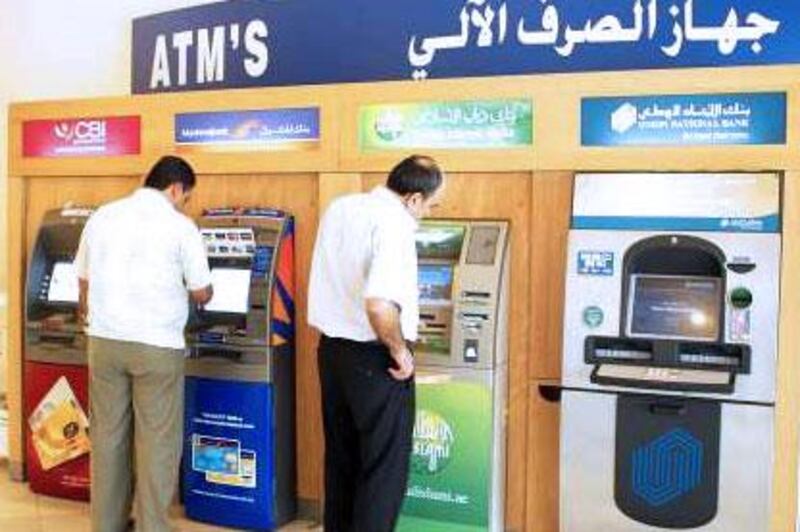Banks are unable to resume lending, particularly to smaller businesses, because of their liquidity gap of up to Dh40 billion (US$10.89bn), says the head of one the UAE's biggest lenders. The shortfall is being exacerbated by rising bad debts, especially from unsecured lending, said Shayne Nelson, the regional chief executive of Standard Chartered. Bank lending has come under pressure after years of credit growth fuelled by a six-year property boom came to an end and banks were forced to contend with a rising tide of bad debt. Some banks are now demanding more collateral from corporate borrowers that have suffered steep declines in asset values this year. Lending has also slowed as banks scramble to raise new deposits to reach capital "Liquidity is still short," Mr Nelson told reporters on the sidelines of a conference in Dubai yesterday. "It's Dh30[bn] to 40bn short. [This is] the difference between advances and deposits." That gap is hurting small and medium-sized enterprises (SMEs) already suffering from slowing orders and payment delays across many industries. "Those that get hit first with a squeeze on liquidity are the SMEs rather than the big corporates which have long-term [credit] lines locked in," he said. "SMEs are the lifeblood of the economy especially when it comes to employment." Mr Nelson called for the rules on bank liquidity to be tightened and said that any new GCC banking model would need to address the "inherent liquidity risk" in banks' balance sheets. Bank lending in the Emirates stands at about Dh1 trillion, the Central Bank reported. But just Dh26.3bn has been set aside by the banks for non-performing loans. In addition, only Dh8.8bn had been earmarked for so-called general provisions, which includes loans made to the troubled Saudi conglomerates Saad Group and Ahmad Hamad Al Gosaibi and Brothers. About 13 banks in the UAE have exposure to the pair, which are restructuring billions of dollars in debt. Despite the gap between loans and deposits, some new liquidity is starting to emerge following a pick up in local bond markets. "Capital markets are opening up for good names to bring in liquidity, bond issues are bringing in liquidity at a faster pace," he said. The Dubai Government is expected this year to launch the second $10bn tranche of its $20bn bond programme, while Abu Dhabi Government-related entities have already issued about $5.75bn of bonds this year. Dr Omar bin Sulaiman, the Governor of Dubai International Financial Centre, also pointed to improving economic prospects yesterday, helped by the Government's bond programme. "Dubai is resilient, it's agile, it's a trading city," he said. "We're still here, standing and talking about future and growth and potential." He said the second $10bn bond to be issued by Dubai to help state-related companies could attract interest if offered to the private sector. "It's a good opportunity for everybody," Dr bin Sulaiman told reporters. Mr Nelson said he anticipated that a "substantial amount" of the financing for the bond would come from the Government. "Most banks have quite a lot of exposure to Dubai," he said. tarnold@thenational.ae
StanChart: UAE banks in $11bn liquidity shortfall
Banks in the UAE are facing a liquidity shortfall of up to US$11 billion and suffering from bad debt because of unsecured lending.

Editor's picks
More from the national




